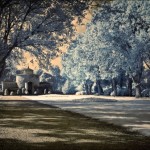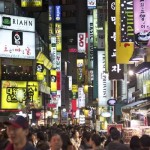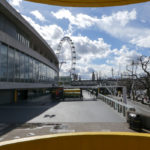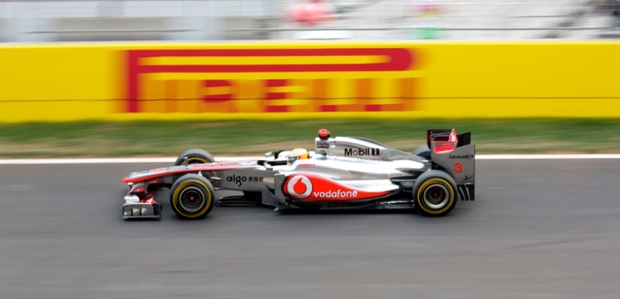
background motion blur
Most of the time, we hate blur. We set the widest aperture possible and fastest shutter speed to remove blur that breaks a picture. But we can use the blur as an artistic reagent to create something fascinating. This can add a sense of depth and movement to an image.
There are two ways you can capture motion blur. You can either blur the background by panning the camera or blur the subject by staying put. Luckily, there is only one major step in getting motion blur – slower shutter speeds.
Slow Down Your Shutter Speed
The value of your shutter speed is dependent on the speed of your subject. Certain subjects need a couple of seconds while others might just need 1/60 of a second. Capturing a person running and a car drifting with the same shutter speed will yield totally different and unsatisfactory results. The faster an object is, the faster you can set your shutter speed and still see motion blur. Keep in mind that there is no exact formula in getting the right shutter speed. Just keep on experimenting to get the best results.
There’s a catch with slowing down your shutter speed. Light will have more time to enter your camera’s sensor and this can overexpose your shot if not taken into consideration. Fortunately, there are various ways to compensate for this.
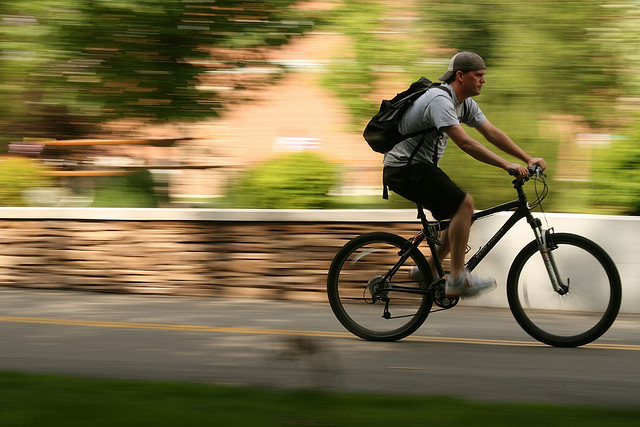
Motion blur, man on a bike
Firstly, you can use a smaller aperture opening. If you’re familiar with how exposure works this should come naturally to you. As you slow down shutter speed by a full stop (1/250 to 1/125) you double the time the shutter is open. The same goes with aperture. As you increase the opening of the lens to a full stop (f/5.6 to f/4.0) you let twice the amount of light to enter. Basically, if you decrease your shutter speed by a stop, you can widen your aperture by a stop and you still get the same exposure value. If this gets a bit complicated, you can always use your camera’s shutter speed priority mode and let your camera handle the exposure compensation.
Secondly, you can change the value of your ISO. Higher ISO means that your sensor is more sensitive to light and lower ISO value means it is less sensitive to light. Since we are using slower shutter speeds when capturing motion blur, it is advisable to use the lowest possible ISO value to get the proper exposure.
As a last resort, you can always attach a neutral density filter to your lens. It’s almost impossible to shoot in a brightly lit situation using seconds for you shutter speed without resorting into neutral density filters. Using your lens’ narrowest aperture value will introduce diffraction and might ruin your shot.
Subject or Background Blur
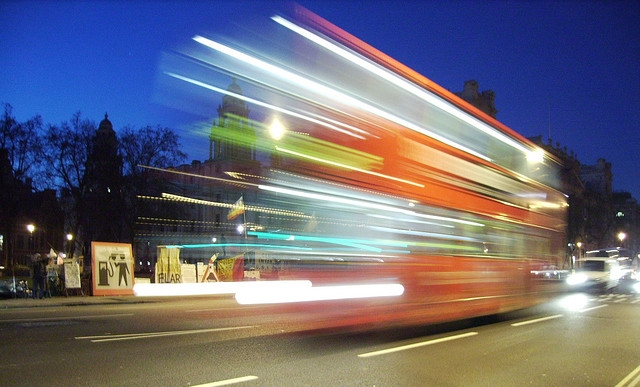
Bus motion blur
If you want to put blur to your subject, make sure that your camera is stable and not moving at all. Using slow shutter speeds will capture any slight movement from the camera and will ruin your shot. On the contrary, if you want the background to have motion blur, you need to follow your subject via panning the camera to the direction where to subject is moving. This might need some practice at first since photographers are used to keeping their camera stable at all times.
Like other areas of photography, getting a hang of capturing motion blur will require practice and experimentation. Getting the right shutter speed and exposure will definitely help in achieving great images. The only way to get good at it is to practice and take plenty of photographs.
Have you experimented with motion blur on your travels? What were your results?

